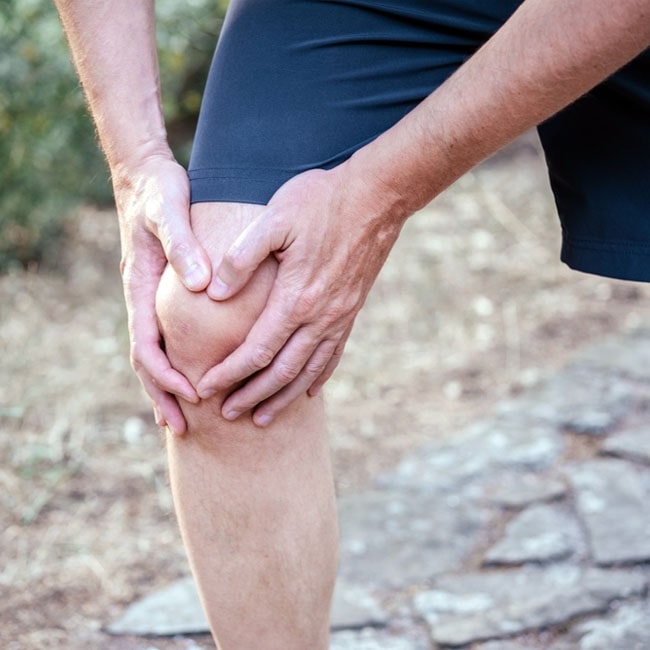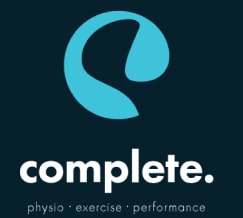

Your patellar is also known as the kneecap that sits at the front of your knee. The main functions of the patellar is protection of deeper structures within the knee and assisting with straightening your knee. The patellar is a sesamoid bone, meaning it is independent, and sits in a groove on your femur (thigh bone). It is attached to the quadriceps above and the patella tendon below that then inserts into your tibia (shin bone). The patellar can dislocate due to trauma, such as a direct blow to the knee, or non-contact (less common) where the leg twists on a fixed foot that causes the dislocation. The patella can often reduce itself (pops back in) when the leg is extended; however, you may need to go to the Emergency Department to get it reduced.

